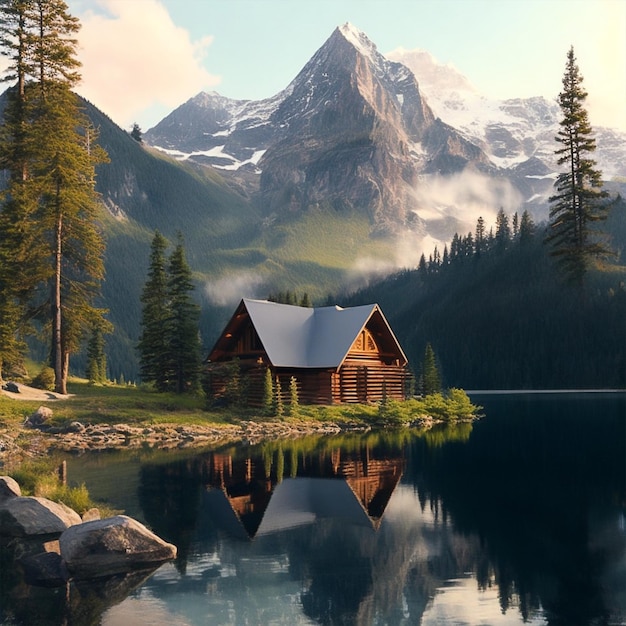What Defines Your Ideal Retreat?
Choosing the perfect mountain retreat begins with understanding your preferences. Are you seeking solitude, adventure, or a mix of both? Consider the environment that resonates with you, whether it’s the dense woods, open vistas, or proximity to water. For example, some may prefer the serene surroundings of a dense forest. In contrast, others might prefer a location with panoramic views of distant mountains. If you’re considering options, take a look at Brevard homes for sale for some inspiration.
Your ideal retreat will align with your lifestyle and interests, providing a sanctuary that feels just right. Each location offers unique atmospheres and amenities, so it’s crucial to identify what appeals the most to your senses and needs. Think about your daily routines and how they will fit into the mountain setting. For instance, if you enjoy morning hikes, ensure trails are nearby.
Activities and Amenities
Mountain retreats offer many activities, from hiking and biking to fishing and wildlife watching. Consider the activities most important to you and whether the local environment supports them. Some areas are renowned for their extensive trail systems, ideal for those who live an active lifestyle. In contrast, others might offer tranquil lakes perfect for fishing and boating. Check out the availability of amenities such as well-maintained trails, water bodies, and community centers. The range of seasonal activities is also a key appeal; consider skiing and snowboarding in winter or rock climbing and picnicking in summer.
Engaging in Nature
Engaging in these activities boosts physical health and enhances mental well-being. Recreational options and how frequently you’ll use them should play a significant role in your decision-making process. Easy access to outdoor activities can significantly increase your quality of life and help you maintain an active, healthy lifestyle.
Evaluating Potential Properties
When evaluating properties, look beyond the aesthetics. Examine the structural integrity, access routes, and sustainability features. Recent studies show that properties designed with sustainable practices tend to have higher long-term value and lower environmental impact.
Check for the availability of utilities and consider the maintenance required for upkeep. For instance, older homes might need more frequent repairs than newly built properties. Ensure the property has essential services like electricity, water, and internet connectivity, especially if you plan to live there full-time or work remotely.
Benefits of Mountain Living
Living in a mountain retreat offers numerous health benefits, from cleaner air to a more active lifestyle. Additionally, being close to nature has been shown to reduce stress and enhance overall well-being. Studies suggest that individuals living in natural surroundings experience better mental health and lower levels of chronic stress.
Improved Mental Health
Immersing yourself in a serene environment can significantly improve mental health. The calm and quiet of the mountains provide an ideal setting for mindfulness and relaxation. Whether it’s the sound of a babbling brook, the rustling of leaves in the wind, or the stillness of a snowy landscape, these natural elements contribute to a soothing atmosphere conducive to mental well-being.
Important Considerations
Before committing to a mountain property, consider the climate, local wildlife, and distance from essential services. Pay attention to the zillexit local community dynamics and ensure that you are comfortable with the isolation level accompanying mountain living. You’ll want to assess how easily you can access grocery stores, medical facilities, and other critical services, especially during adverse weather conditions.
Seasonal Changes
Understanding seasonal changes and their effects on your living conditions is also essential. Some areas may become difficult to access during winter or be prone to natural landslides or floods. Ensure the property has adequate measures to handle seasonal challenges, such as well-insulated structures and reliable heating systems.
Comparing Your Options
Finally, create a comparison sheet to evaluate each property’s pros and cons. Include factors like price, location, amenities, and overall vibe. This systematic approach ensures you make a well-informed decision that aligns with your vision of a perfect mountain retreat.
Decision-Making Tools
Tools like spreadsheets or property comparison apps can streamline decision-making, allowing you to visualize differences and similarities more effectively. Make sure to put equal weight on both tangible factors, such as property size and cost, and intangible factors, like the overall feel and sense of tranquility the property offers.

